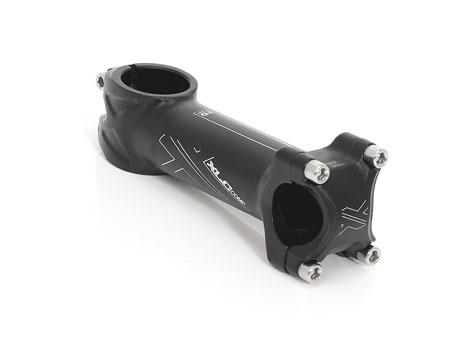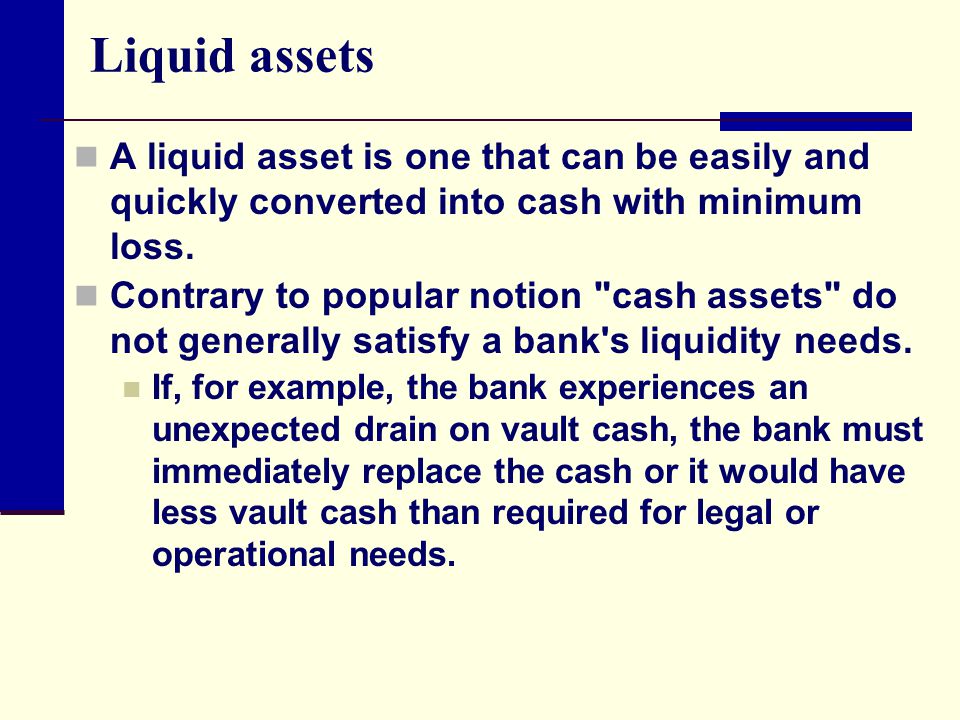a Gente Realiza!

Those industries with large and ongoing fixed asset requirements typically have high gearing ratios. Capital gearing ratio is the measure of capital structure analysis and financial strength of the company and is of great importance for actual and potential investors. In such a situation, it is better to depend on equity capital alone, because by being less dependent on fixed cost capital, the management May saves the financial position of the enterprise, from being spoiled. A company is said to be in high-gear, when it has a proportionately higher/large issue of debentures and preference shares for raising the long-term resources, whereas low-gear stands for a proportionately large issue of equity shares.

However, when compared to its key competitor that reports leverage of 70% and the industry average of 75%, the company’s debt levels appear more satisfactory. In other words, excessive and uncontrolled debt levels can be risky meaning of capital gearing for a company and its investors. On the other hand, if a company’s is able to generate a higher rate of return than the interest paid on its loans, then the debt can help to accelerate profitability and business growth.
That is, it is the ratio between total equity and total debt, and it enables an investor to establish if a company has the proper capital structure or not. Capital gearing ratio is a useful tool to analyze the capital structure of a company and is computed by dividing the common stockholders’ equity by fixed interest or dividend bearing funds. A high equity gearing ratio suggests that a company relies more on equity financing than on debt financing. This means that the company has a lower risk of defaulting on its debt obligations, as it has a larger proportion of funds invested by shareholders rather than lenders. However, high equity gearing may also mean that the company has missed out on the potential tax benefits of taking on debt.
Beat inflation without raising interest rates? We can do it, but it’s slow, hard and politically risky.
Posted: Sun, 18 Jun 2023 18:19:47 GMT [source]
Often, lenders for debt structured as senior will disregard a firm’s short-term obligations when calculating the gearing ratio, as senior lenders receive priority in the event of a business’s bankruptcy. There are many different gearing ratios, but they all include a company’s debt in their calculations against other financial variables. Hence, gearing ratios are usually used as a tool to compare financial leverage of similar companies within one industry sector. Hence, a highly geared company must earn enough profit to first cover its payments to holders of debt before anything is available for distribution to the holders of equity (e.g., dividends). A gearing ratio is a useful measure for the financial institutions that issue loans, because it can be used as a guideline for risk.
Such a situation will increase the prices of shares in the stock exchange. On the other hand, it may also happen that no profit is left after paying the debenture holders and preference shareholders. Nevertheless, sometimes, non-redeemable preference shares (less common than redeemable) are still classified as equity. The risks of loss from investing in CFDs can be substantial and the value of your investments may fluctuate. 72% of retail client accounts lose money when trading CFDs, with this investment provider. CFDs are complex instruments and come with a high risk of losing money rapidly due to leverage.
Understanding Gearing
The appropriate level of gearing for a company depends on its sector and the degree of leverage of its corporate peers. For example, a gearing ratio of 70% shows that a company's debt levels are 70% of its equity.
The gearing ratio measures the proportion of a company’s borrowed funds to its equity. The ratio indicates the financial risk to which a business is subjected, since excessive debt can lead to financial difficulties. A high gearing ratio represents a high proportion of debt to equity, while a low gearing ratio represents a low proportion of debt to equity.
He must know, in what securities should the funds for the company be raised and in what proportion ? All concerning parties, i.e., shareholders, debenture holders, creditors an the concern itself are affected by it. A low geared company can pay more dividend to its shareholders or a high-geared company also can pay higher dividend to its shareholders in inflationary conditions of the market if proper capital gearing is maintained. If the proportion of equity capital to the total capital is small or in other words the ration of other fixed cost capital to total capital is high, it is said to be a state of high gearing of capital. Reverse is the case of low gearing of capital i.e., low proportion of equity capital or high proportion of fixed cost capital to the total capital is an indication of low gearing of capital. Gearing ratios are a great measure of tracking the financial risk exposure of a company.

Gearing serves as a measure of the extent to which a company funds its operations using money borrowed from lenders versus money sourced from shareholders. An appropriate level of gearing depends on the industry that a company operates in. Therefore, it’s important to look at a company’s gearing ratio relative to that of comparable firms. In other words, leverage and gearing ratios measure the financial risk of a company’s capital structure.
Emilie is a Certified Accountant and Banker with Master’s in Business and 15 years of experience in finance and accounting from large corporates and banks, as well as fast-growing start-ups. The information in this site does not contain (and should not be construed as containing) investment advice or an investment recommendation, or an offer of or solicitation for transaction in any financial instrument. IG accepts no responsibility for any use that may be made of these comments and for any consequences that result.
It is an important concept that helps businesses determine their level of risk and financial stability. Capital gearing is also referred to as financial leverage, and it measures the extent to which a company has used debt financing to fund its operations and investments.
Get instant access to video lessons taught by experienced investment bankers. Learn financial statement modeling, DCF, M&A, LBO, Comps and Excel shortcuts. For Banks, Lenders, and Insurance companies who want to find the right customers, onboard them quickly and keep them for life, we provide FullCircl. Book a demo today to see how we can help you win the right business customers, onboard them quickly, and keep them for life. Our writing and editorial staff are a team of experts holding advanced financial designations and have written for most major financial media publications. Our work has been directly cited by organizations including Entrepreneur, Business Insider, Investopedia, Forbes, CNBC, and many others.
Capital gearing is high if the proportion of non-equity capital is high. On the contrary, it is low when the proportion of equity capital is high. For each year, we’ll calculate the three aforementioned gearing ratios, starting with the D/E ratio. In an economic downturn, such highly-levered companies typically face difficulties meeting their scheduled interest and debt repayment payments (and are at risk of bankruptcy).
The gearing ratio shows how encumbered a company is with debt. Depending on the industry, a gearing ratio of 15% might be considered prudent, while anything over 100% would certainly be considered risky or 'highly geared'.